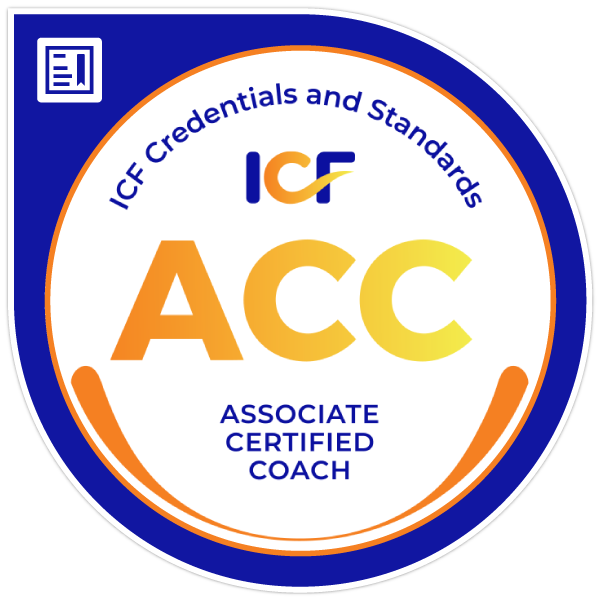Conflicts are not only inevitable in the workplace – they are necessary. As Patrick M. Lencioni points out in his book "The Five Dysfunctions of a Team", fear of conflict is one of the biggest challenges in building effective and high-performing teams.
But for conflicts to lead to growth rather than division, conscious and courageous leadership is required. Here, I want to share some of Lencioni's insights and how coaching can help you create a work environment where conflicts are used as a driving force for development.
What Lencioni says about conflicts in teams
According to Lencioni fear of conflict is one of the central dysfunctions in a team. When team members avoid addressing difficult issues or giving honest feedback, it leads to:
- Lack of trust: Members do not dare to express themselves, which hinders open conversations.
- Artificial harmony: Problems are swept under the rug, and important decisions are made without considering all perspectives.
- Low level of engagement: When conflicts are not addressed, frustration builds up, and employees lose motivation.
What Lencioni calls a "productive conflict" is not about personal attacks or disagreement for the sake of disagreement. Instead, it is a conflict based on issues that aims to solve problems, create clarity, and drive the team forward.
How coaching can help you manage conflicts according to Lencioni's principles
1. Build trust – the cornerstone for managing conflicts
Lencioni emphasizes that trust is the absolute foundation for a successful team. Without trust, no one dares to address difficult issues or be vulnerable in front of others.
- As a leader, coaching can help you develop the ability to create psychological safety within the team.
- You also learn to identify your own patterns – how you handle conflicts and may unconsciously reinforce the fear of conflict.
2. Make conflicts productive through clear communication
For conflicts to become productive, they must be handled with respect and clarity.
- Coaching can help you develop a more coaching leadership style, where you dare to address uncomfortable issues in a constructive manner.
- Learn to ask powerful questions that open up discussions, such as:
- ” What do we need to explore together?"
- ” What have you learned from this situation?"
3. Strengthen your team's decision-making and engagement
Lencioni argues that a lack of conflicts leads to half-hearted decisions. When team members are not allowed to express their opinions openly, they lose their sense of involvement.
- Coaching can provide you with tools to ensure that decisions are made with genuine commitment from the entire group.
- You also learn to manage the aftermath of conflicts – follow up, resolve misunderstandings, and build on the mutual trust.
Practical steps for managing conflicts in your team
- Normalize conflicts: Just as Lencioni suggests, let your team members know that conflicts are an important part of the team's dynamics – not something to be afraid of.
- Develop the team's communication tools: Introduce principles for discussing difficult topics, such as active listening and speaking based on issues rather than emotions.
- Model the behavior: As a leader, you must lead by example. Show that you are open to feedback, can handle criticism, and willingly participate in difficult discussions.
- Follow up on conflicts: When a conflict has been addressed, it is important not to leave it unresolved. Follow up and ensure that everyone feels heard and that the solution is truly working in practice.
Closing thoughts – conflicts as an opportunity for growth
Patrick M. Lencioni clearly shows that healthy conflicts are a key to creating high-performing teams. With coaching as support, you can develop the skills needed to manage conflicts productively – and in the process, strengthen both your leadership and your team.
👉 Book a free initial coaching session here if you want to learn more about how coaching can help you manage conflicts and build strong teams?
Imagine if the next conflict is not an obstacle – but an opportunity.


